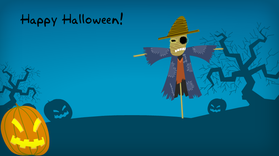 This is an exciting time of the year. In fact, this week is exciting.  It is the “Pre” week to PiBoIdMo which stands for Picture Book Idea Month. 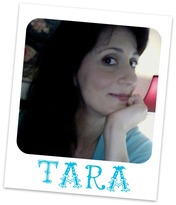 This is a month hosted by children’s author Tara Lazar where picture book writers challenge themselves to come up with 30 ideas for 30 picture books in the month of November. www.taralazar.com Why am I so excited about this? Because for me, this is one of the best parts of writing. Idea time. Creative time. No rules. No red pens. No grammar, mechanics, or usage. No spel chek. :) Messy, messy, messy! It’s very freeing. To let your mind wander. To spend time discovering. Discovering…like when you were a child digging in the dirt in your back yard, or the sand at the beach. And then finding something you weren’t even looking for. Discovering. And I love that Tara has created this month. I remember hearing about NaNoWriMo and thinking ugh…I’d fail on day one. I’d need NaNoIdOrPlOuYear (National Novel Idea Organizing Planning and Outlining Year -an entire year to figure out what I was going to say in that month I was supposed to be writing the actual novel. ) But you’re giving me an entire month of just discovering ideas? I Love You Tara! You’d make a great elementary teacher! 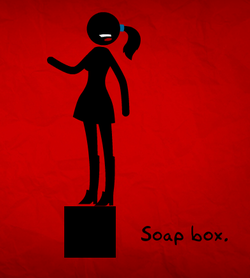 I’ve been on a soap box for a while now about what it takes to make kids great writers. I’m not a genius, but I discovered this as a child. When in class, the teacher would say “go” and I would get in trouble at the end of class for having nothing written except random notes, ideas, words, or pictures, when everyone else had completed a perfect five paragraph first draft. I discovered this as an adult writer when I spent weeks and weeks planning, note-carding, researching, and outlining my ideas for a 30 page research paper and then found out that the actual writing only look me less than two days. And I rediscovered this as a teacher when my own students were begging to write during recess simply because I had given them the time and resources to discover what it was they wanted and had to say. People will often ask me, "How do we get kids to be good writers? How do we get them to not hate writing?" I’m sorry to tell you America, but most kids don’t hate writing. This is what they hate:
Student: Um, what? Teacher what if I don’t have a pet?
I’m sorry, but everything doesn’t fit into a 4 square. Disclaimer: I am not claiming to be a 4 square hater. It can be an effective means of organizing one’s writing. But , it is not a magical box that's a cure-all for writers. And it is not a writing “program.” When a graphic organizer is misused, it becomes a writer squasher. Pre-writing and Brainstorming should not mean writing all my sentences completely into 4 squares. And then recopying those sentences onto a sheet of paper should not be called a first draft. And then recopying that onto a clean sheet of paper (after all the misspelled words have been slashed with red ink by a teacher a.k.a. revising) should not be called a final draft. It should be called: How to Make a Kid Hate Writing. You know what does make a kid become a great writer? (Um, besides actually studying the craft of writing?) The first step is to give them time to discover what it is they want to say. The next step is to give them time to figure out that they actually do have something to say. And the final step is to spend an insane amount of time brainstorming ideas. (You know, like an entire month.) Brainstorming stories, pictures, and thoughts without having to write them in complete sentences. Without having to spell every word correctly. Without making sure their handwriting fits perfectly on the lines and is in perfect print or cursive or whatever. Without the need to be perfect (all the time.) Because, as adults, how would we react if everything new we were learning, had to be performed on the spot, for the first time, with perfection, every time? We Would Hate It. We Would Quit! So my point? There simply isn’t enough time dedicated to allowing kids to discover who they are as writers and what they want to say. Wanna make them good writers? Give them the time to discover. Wanna make them hate writing? Well, we don’t want to go down that road again, do we? Let's take a lesson from Tara and PiBoIdMo. Take an entire month just to find out what it is you have to say. Discover with words, pictures, thoughts, snippets, ideas. And don't worry about shoving them all neatly into 4 squares (or wherever.) Be Messy! Let your students be messy! Bring it on PiBoIdMo! I can't wait to start discovering. Seriously. I'm really excited.
But, since most of my weekend was spent writing, I had to push back a video blog. So today will just be a regular post, but I hope you still enjoy it. In August, I discovered a book at Barnes and Noble that I wish I had written. This book made me long to be a first grade teacher again. The days I spent in a first grade classroom harvesting poets. I love first graders! They’re hilarious! I love that they are natural poets. I love that by simply choosing the right book as a mentor text, they could write profound and brilliant poetry. (Even the boys who hated writing and would have rather been playing hide and seek on the playground.) So when I discovered this book, it brought me back to my days as a first grade teacher. I really wish there were a job called First Grade Poetry Teacher or even First Grade Writing Teacher. I would still be teaching the younger ones if there were. This fabulous book is called My Blue is Happy by Jessica Young. (From Amazon) What is your blue like? A lyrical ode to colors — and the unique ways we experience them — follows a little girl as she explores the world with her family and friends. Your neighbor says red is angry like a dragon’s breath, but you think it’s brave like a fire truck. Or maybe your best friend likes pink because it’s pretty like a ballerina’s tutu, but you find it annoying — like a piece of gum stuck on your shoe. In a subtle, child-friendly narrative, art teacher and debut author Jessica Young suggests that colors may evoke as many emotions as there are people to look at them — and opens up infinite possibilities for seeing the world in a wonderful new way. I can’t tell you how much I love this book! But here are a few reasons: 1. It introduces similes to young kids in a very easily understood way. 2. It helps them see the world on so many levels. Color has power, emotion, and we all see it differently. 3. It’s a great mentor text that gives kids an easy structure to replicate. 4. It has a great message that everyone sees color in different ways. My favorite color in the whole world is brown. I loved to tell this to first graders because they would all squeal with shock and laughter exclaiming that brown wasn’t a real color and why didn’t I love purple and pink like most girls? But just like the little girl in this book, I saw brown in a different way. In the book, her dad sees it as an ordinary paper bag, but she sees it as chocolate syrup! I hope you get a chance to check out this book. It’s simply amazing. Also, Jessica Young has some fantastic resources on her blog for teachers in K-2 and 3-5 that go along with this book. (Not all teacher resource materials are created equal, but I have to say hers are really good!) http://jessicayoungbooks.wordpress.com/teachersandkids/ The rest of Jessica’s website is pretty fascinating as well. There are adorable pictures of her as a child! One thing in particular that I loved on her site was the following quote:
I’m inspired by things people (especially kids) say and do; sensations, like the sun on my face, or the taste of ice cream; memories of being a kid; music, art, and books; names, random facts, and the sounds of words. I couldn’t agree more! I tutor a 5 year old in reading and each time I’m with her she says the most profound things! I keep telling her mom she’s a natural poet. For example: She lifted up a book and sniffed it and said, “Mmmmm….I love the smell of books!” Or another time I was writing her sight words with a marker and she said, “It’s like you can hear the sound the letters make.” Kids are amazing and such natural poets. We just have to really listen and pay attention to them. And then expose them to great mentor texts like My Blue is Happy! If interested in colors and words and similes, check out the following webpage. It’s a word lover’s candyland. http://www.words-to-use.com/ Here are some other favorite books to inspire young poets: Red Sings From Treetops: A Year in Colors by Joyce Sidman Hailstones and Halibut Bones by Mary O’Neil The Black Book of Colors by Menena Cottin And finally…since I didn’t do a video blog, I’ll share a poem from the book I was working on this weekend. (Which coincidentally goes along with the topic of this blog.) The historical fiction novel in verse is set in Montgomery, Alabama in 1955 during the Montgomery Bus Boycott. The novel is told in the alternating point of view of an eleven year old black girl, Matty, and an eleven year old white girl, Laura Lee, who both are riding the Cleveland Ave. bus. Hope you enjoy! (Poem inspired by the following photograph found here: http://www.creativephotography.org/study-research/educators/reframing-america/palfi1c.html) (***Update...I just realized that this poem I chose to share is actually dated Oct. 21st 1955 in the book and today's date is October 21st! Crazy how that worked out.) October 21, 1955 Painted on the wall ---Matty This part of the bus for the colored race. Colored. That’s a funny word as if we have red and purple stripes or green and blue polka dots or yellow and orange starbursts Other day, teacher told us to draw pictures of our favorite color I drew dark chocolate vanilla beans butter toast fallen leaves squat mushrooms dried figs copper pennies dogwood twigs brown sugar cherry coke grizzly bears dried oak cinnamon sticks speckled hens caramel candy turtle’s skin pussy willows baby deer maple syrup root beer Teacher told me to do it over because brown is not a real color © Mandy C. Yates To download a copy of the Vivid Verb Thesaurus, go to my TeachersPayTeachers page. You also can get a copy of the practice page below for free. Check out Lola's cool website at http://www.lolaschaefer.com/ Plus, she just had a brand new book come out called Lifetime. It looks fascinating. Check it out.
Pairing two talented creators who managed to tell a complete story with just one word—MOO—this imaginative picture book will have readers laughing one moment and on the edge of their seats the next, as it captures the highs and lows of a mischievous cow’s very exciting day. I haven't read this book yet, but I'm fascinated by the idea of telling an entire story with one word. I imagine that "moo" will have lots of different meanings on each page and will probably use different expressions.
Moo! Moo? Moo. Mooooooooooooooooo. This would be fun for practicing expression using punctuation with young kids. If you were going to write a picture book using only one word, which one would you use? (This would be a great exercise for both picture books writers and students. Would it be an animal sound? Ba-gawk! (That's a chicken.) Oink. Hiss. Or could it be something else? Stop! Jump! Go! No! Wolf! Be sure to check out David's website to see his other books. http://www.davidlarochelle.net/ |
We are so excited to be mixing things up at CBA, beginning with some delicious additions to the Blogfish. Meet our awesome bloggers!!
Here's our lineup: 1st Mondays begin with former school psychologist Dr. Debra Collins who will be writing about Social emotional Learning in kidlit and behind the scenes as well as Jewish children's books. 2nd Mondays will feature super smart Melissa Stoller whose career is taking off with several new books. 3rd Mondays will feature our new blogger coming soon. 4th Mondays features new blogger, the fabulous Brentom Jackson, who has a beautiful approach to blogging. And 5th Mondays we'll be taking a break Archives
July 2024
|
||||||||||
|
Discover
|
About Us
|
Join Us
Join our Community and receive a fabulous free gift, KidLit tips, newsletters, scholarship info, contests, and more!
Join our KidLit Mentorship |
Social Media
Interact with our FaceBook Group or follow us on:
|
© 2010-2024 All content on this website is copyrighted. Sorry, all courses are non-refundable.
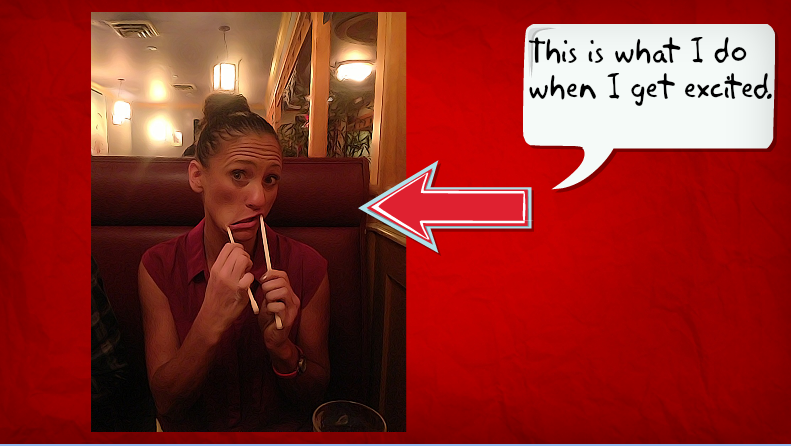
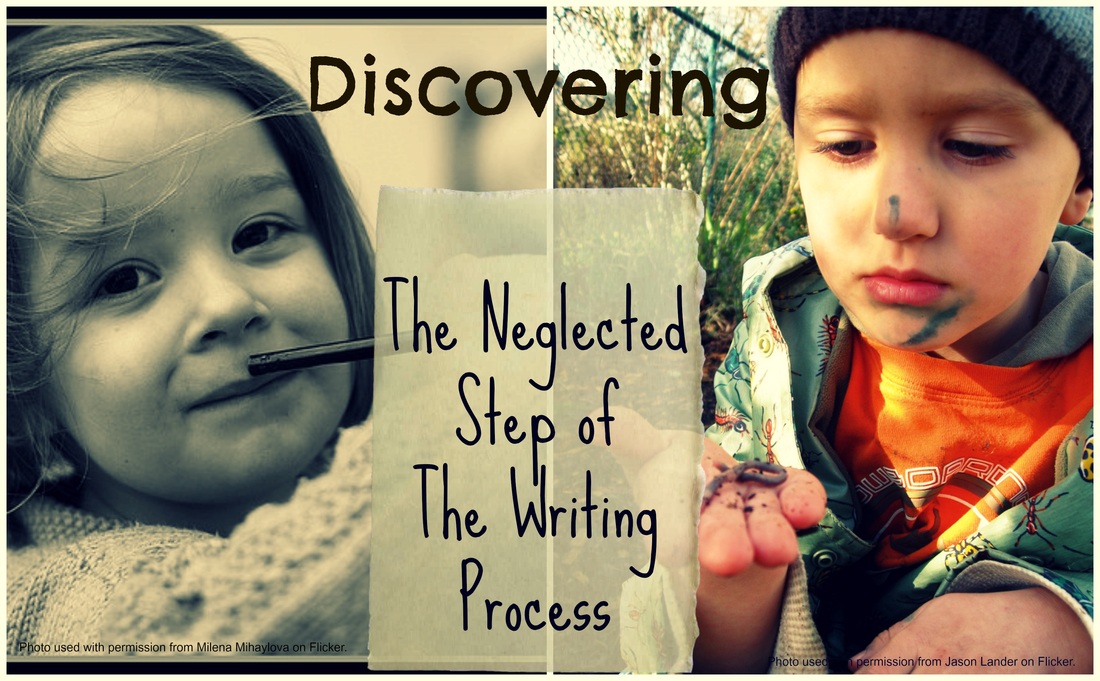
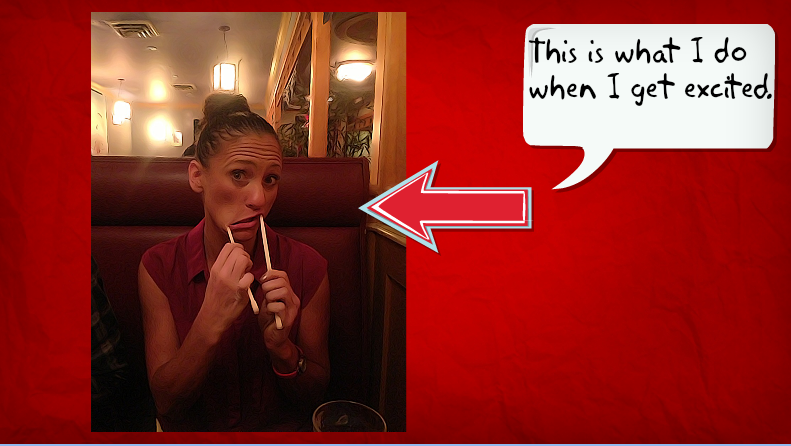
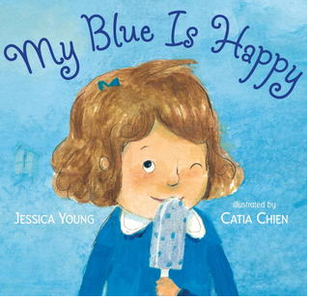
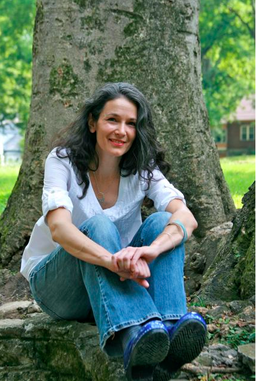
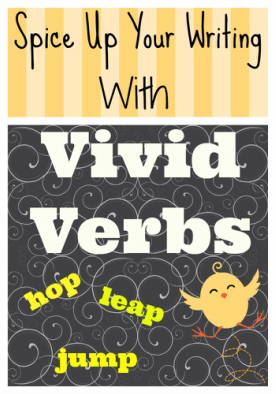
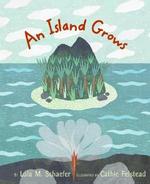
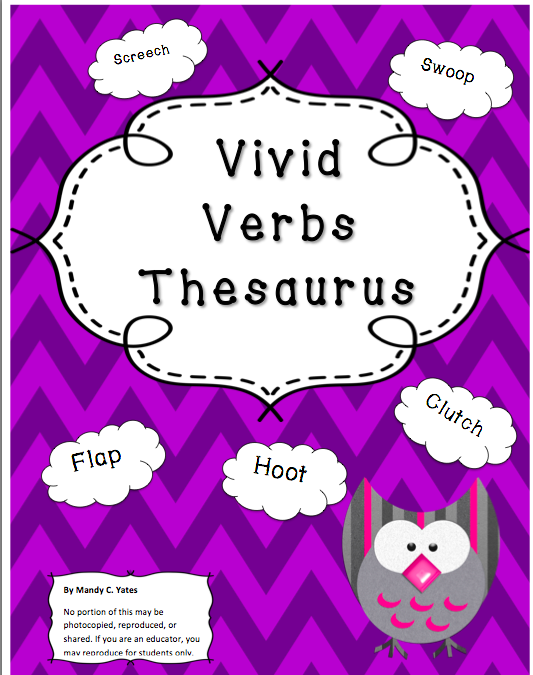
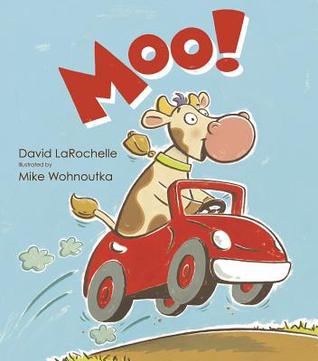
 RSS Feed
RSS Feed
